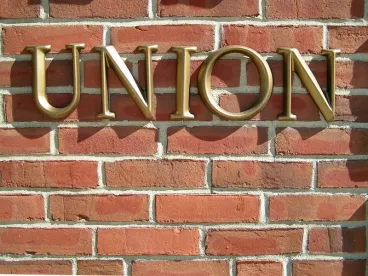Last year, some of the country’s biggest unions continue to hemorrhage membership, while others spent big dollars on organizing for modest gains in membership. In 2016, the union membership body count was not insignificant. According to LM2 filings:
-
Steelworkers lost 20,000 members
-
United Food and Commercial Workers (UFCW) lost nearly 14,000 members
-
Teamsters lost almost 5,800 members
-
Machinists lost nearly 5,500 members
This continues a trend seen over the last decades. The repeated losses also are consistent with the findings of the federal government’s Bureau of Labor Statistics, which show that public sector and private industry union membership declined by nearly 120,000 members. These are large numbers; especially considering that each lost member signals a further loss in union dues revenue.
The news of course isn’t all bad. Other large unions did grow, but only modestly. For example, the United Automobile Workers (UAW) showed net growth of 7,324 members, however the union paid for these rather small gains. News reports and the UAW’s LM2 shows it targeted large universities to find new members, an area that became even more fertile after the NLRB’s Aug. 22, 2016, decision that graduate students working as teaching or research assistants at private universities are employees under the National Labor Relations Act (NLRA) and can be organized. Forays into these sometimes foreign organizing territories (yes, the UAW representing professors and college research assistants make for strange bed fellows) have not come cheap. The UAW LM2 shows it spent $704,967 on organizing Barnard College professors and invested another $294,551 for public relations help organizing the grad students at Columbia University. Just totaling these two expenditures and spreading them across the 7,324 new members the UAW gained in 2016 demonstrates a whopping $136,000 spent for each new member.
Unions also continued big spending to push political agendas. The largest unions’ LM2s show that unions spent between $3.7 million (the Machinists) and $61 million (Service Employees International Union) on 2016 political activities; mostly in support of Democrats, Hillary Clinton’s presidential campaign or progressive issues. Despite such spending, other data and anecdotal evidence shows there was strong support for now-President Trump among union members. This may demonstrate a further gap between union members and the organizations they pay dues for representing them. In fact, an August 2016 Rasmussen poll showed that union leaders are generally viewed as out of touch with members. What impact this trend may have remains to be seen.




 />i
/>i

